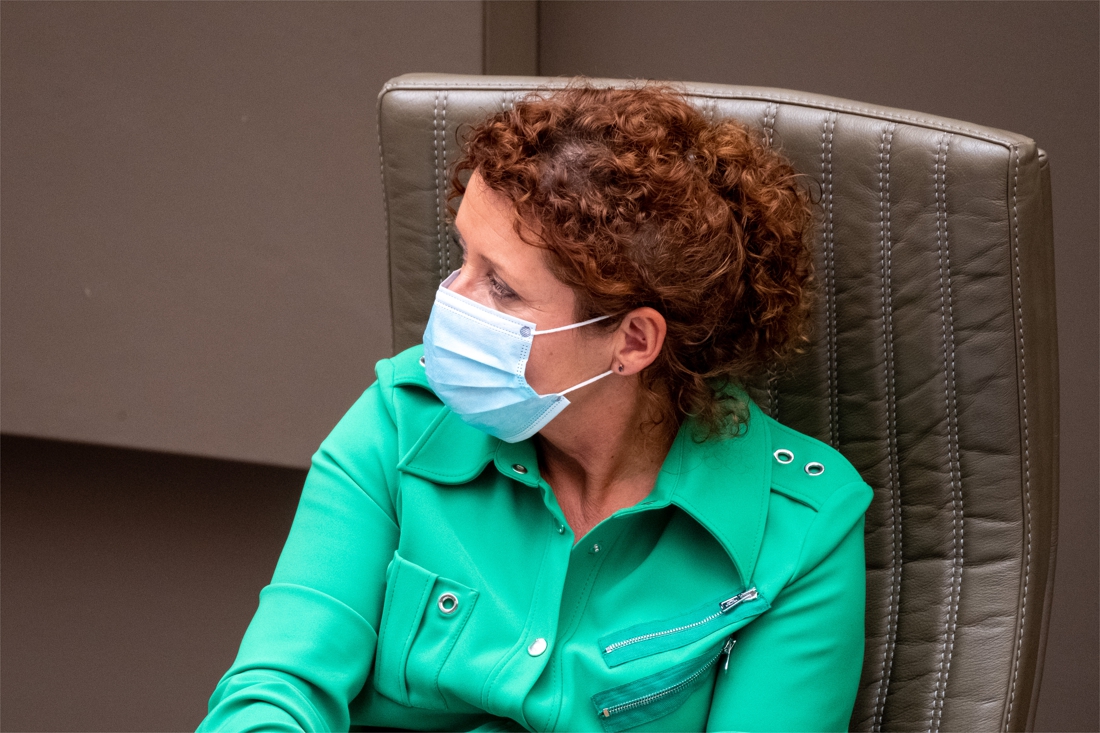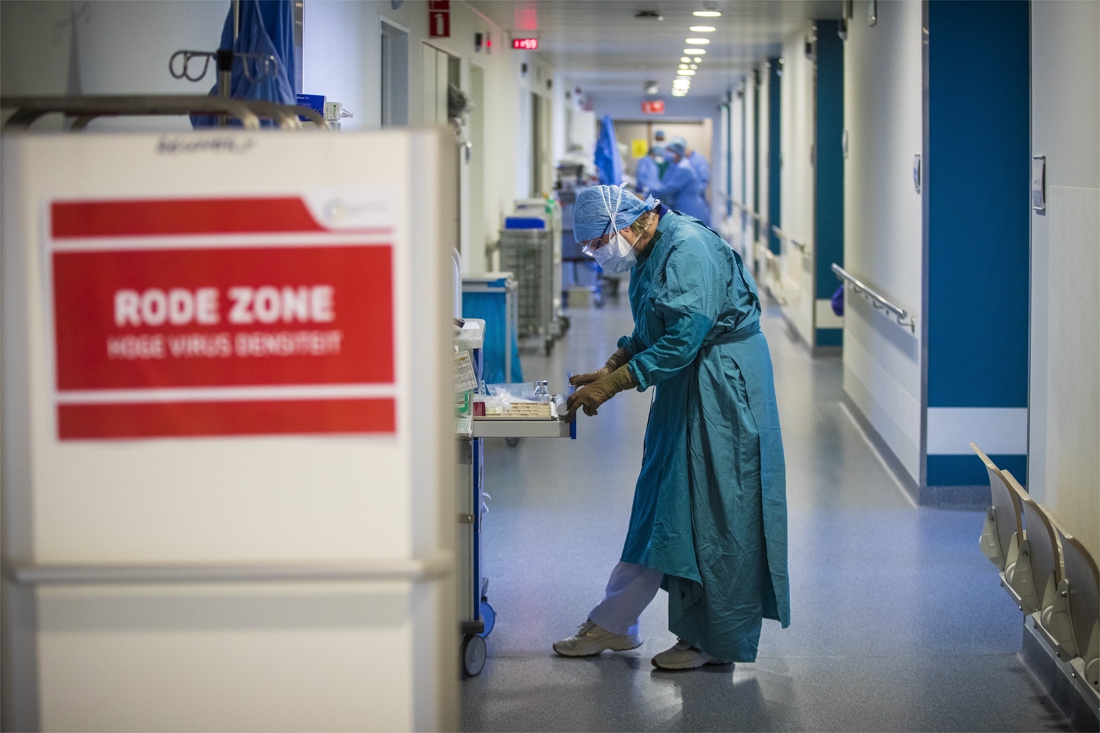The intention was for 300 million euros in new cycle paths by the end of the legislature. In practice, that goal will be achieved by the end of next year. In total, the Flemish government is earmarking 885 million euros for road safety, as part of the recovery plan. “If construction goes well, the entire economy will do well.”
–
The Flemish recovery plan worth 4.3 billion euros, presented last week, provides a very broad interpretation of that recovery. This is evident from the explanation of Flemish Minister for Mobility Lydia Peeters (Open VLD), the most generously endowed minister in the plan.
Peeters spends around 300 million euros on the cycle paths, which means that she will already achieve the target for the end of the legislature in 2021. The money will be invested in the 650 kilometers of cycle highways that still have to be achieved, but also in the 7,700 kilometers of cycle paths along regional roads. They score poorly on safety, as was shown again in the Bicycle Report last week.
What is new is that municipal authorities can indicate school cycle routes that urgently need to be made safer. From next year they can receive Flemish subsidies for this.
Black points
In addition, some 300 million euros will go to road safety, in particular to get rid of black spots. The dynamic list now includes 296 such dangerous traffic situations. The budget will increase from 30 to 80 million euros. “I also want to tackle the points that are now being neglected because people are waiting for the renewal of sewers and other utility lines,” says Peeters. “We are just going to tackle some points and if it turns out that they have to be broken open again within a few years, then so be it.”
The remaining 300 million is intended for investments in sustainability. For example, transport company De Lijn will receive 93 million euros to replace buses with Euro 3 standard with new hybrid buses. And every 25 kilometers there will be a charging option for electric cars on the main traffic axes.
– .


